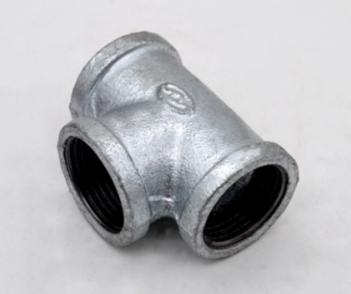The Welded Steel Pipe Manufacturing Process: How It Works
Welded steel pipes are used in a wide range of applications, from plumbing and gas lines to structural projects. But how are they made? In this article, we’ll explore the manufacturing process of welded steel pipes, including the types of welding methods used, quality control measures, and common applications.
The Welded Steel Pipe Manufacturing Process
The manufacturing process of welded steel pipes involves several steps, including forming, welding, heat treatment, and testing. The first step is to form the steel into a cylindrical shape using a variety of methods, such as rolling or bending.

Welding Methods Used in Manufacturing
Once the steel is formed, it is welded together using one of several welding methods, such as arc welding or resistance welding. These methods use heat and pressure to fuse the steel, creating a strong, durable bond.
Quality Control Measures and Common Applications
To ensure the quality of welded steel pipes, manufacturers use a variety of testing methods, such as ultrasonic testing or X-ray inspection. Welded steel pipes are commonly used in applications such as gas and water lines, structural projects, and oil and gas pipelines.

The manufacturing process of welded steel pipes involves several steps, including forming, welding, heat treatment, and testing. Different welding methods are used, such as arc welding or resistance welding, to fuse the steel. Quality control measures, such as ultrasonic testing or X-ray testing, are used to increase the strength and durability of the pipe.Common applications of welded steel pipes include gas and water lines, structural projects, and oil and gas pipelines.


